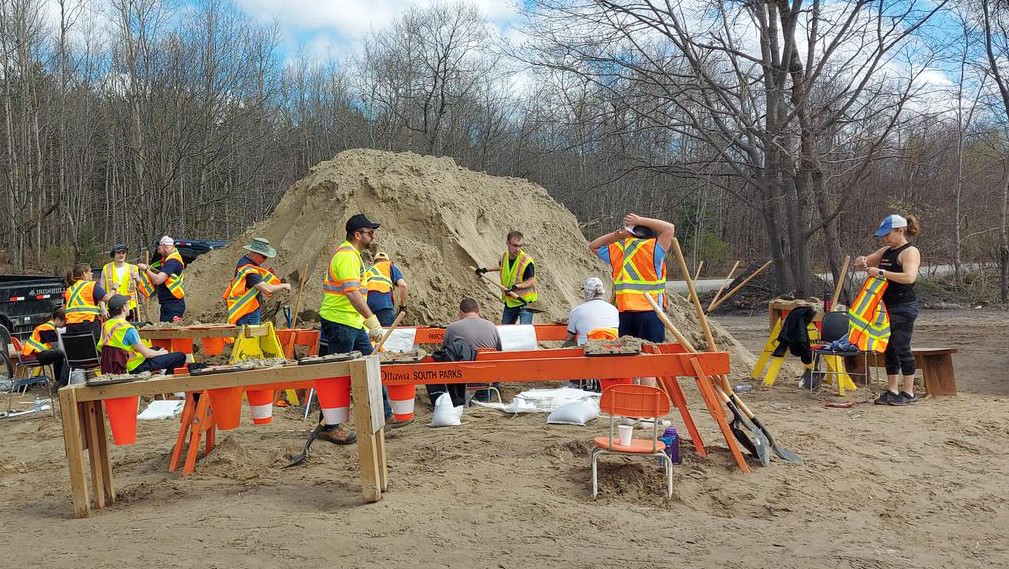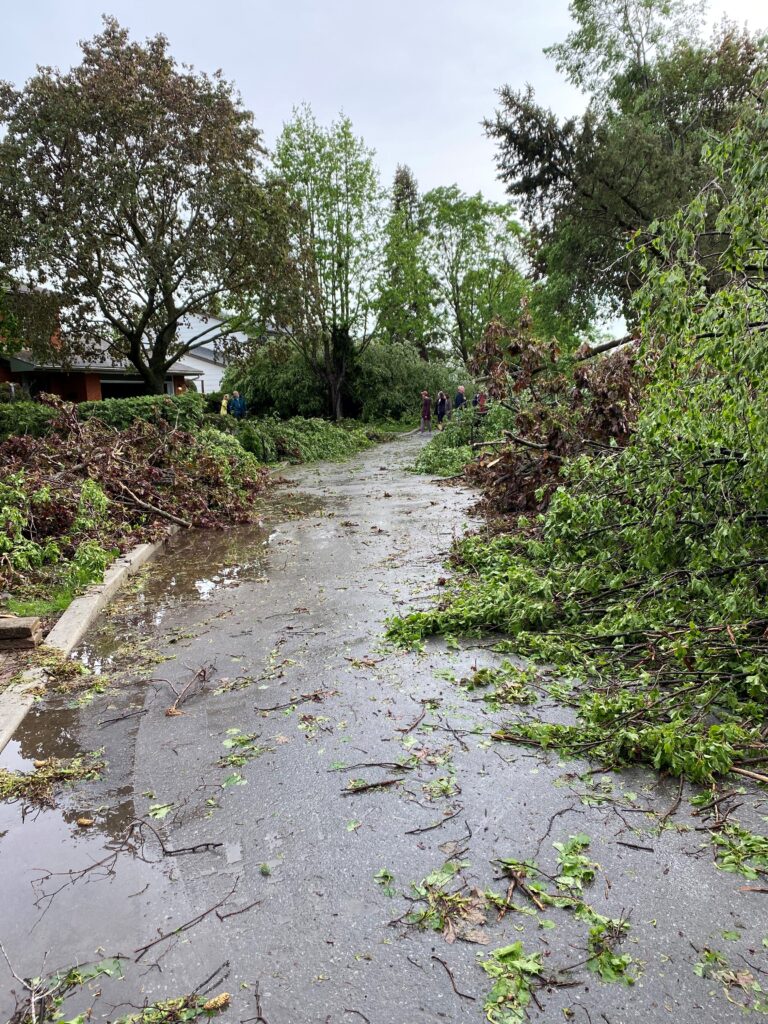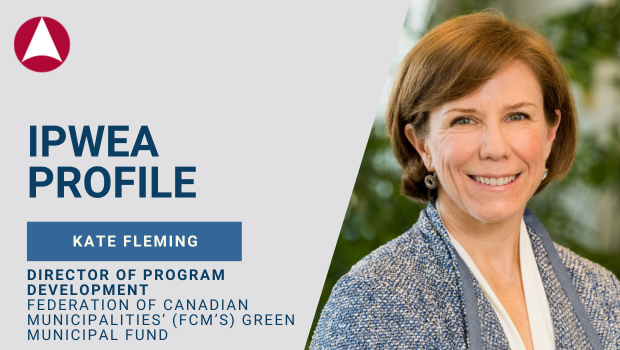Local governments in Canada have made significant progress in implementing asset management programs in recent years and one of the keys to success has been through capacity building, according to Kate Fleming.
Ottawa-based Fleming is the Acting Director of Program Development for the Green Municipal Fund, a C$1.65 billion initiative which provides funding, resources and training to Canada’s approximately 3800 municipalities to help them switch to sustainable practices faster. The Green Municipal Fund is a program delivered by the Federation of Canadian Municipalities (FCM), and funded by the Government of Canada, that recently received a C$530 million investment to support community-based climate adaptation initiatives, through initiatives that will help municipalities along the capacity-planning-action continuum.

She is two months into that role, but prior to that worked with the FCM’s Municipal Asset Management Program (MAMP) in a similar role delivering funding, training and resources to help municipalities strengthen their infrastructure investment decisions based on reliable data and sound asset management practices. In that role she was able to combine her early career in the environmental sector with her skills in program development.
“We funded over 1600 projects and trained thousands of people over the last eight years and it’s that capacity development, combined with the funding that has been the secret sauce,” says Fleming, who will be a keynote speaker at the IPWEA International Asset Management Congress in June.
“It is individual upskilling which leads to institutional change and that has been a unique thing about our program.”
MAMP was originally a five-year, C$50 million program and was then recapitalized and extended to eight years and C$110 million being deployed.
Fleming describes it as a “symbiotic relationship” between the orders of government. The Federal government had the funds, enabling MAMP to support partners in delivering locally relevant training and opportunities to local government.
“We have the same issues that every local government sector has,” says Fleming.
“Every four years you have an election, you have staff turnover and workforce shortages, and keeping the up the skills that are required to stay abreast of the latest in the field is difficult to do.
“And then you add a fiscal framework where local governments own the majority of public infrastructure and receive pennies in every dollar of tax revenue collected by the government, so our program was an opportunity to partner with people on the ground.”

The program has also evolved over time, and now has a greater focus on climate transition based on the premise that for local governments to tackle climate change “it needs to be done at an institutional level.”
“We need to use existing systems, whether its asset management, procurement, budgeting – you name it – to be able to literally paint the walls green,” says Fleming,
“Climate must become part of the daily decision making in municipalities because when you make a capital project decision you are looking at anywhere between an expected life of 15 to 70 years from that asset.
“If you don’t start embedding future climate realities into our decisions, we’re locking ourselves into those decisions for a long time, and they could be bad decisions for the climate, and also fiscally.”
Education, says Fleming, is about helping people understand the value of their work in asset management.
“It’s not easy work and getting a fully operational asset management system takes years,” she says.
“The decisions that are being made are about strategic and sustainable goals in communities and we’re actually seeing those being realised through being proactive and not reactive.”
The return on investment in asset management had been demonstrated through the program, and Canadian municipalities have “come a long way.”
When the program started, MAMP created a maturity scale called the Asset Management Readiness Scale, which had five levels where a level 3 was considered an effective and well-functioning asset management system.
“What we’ve seen is that we’ve moved municipalities from being nowhere on asset management and most are now at levels two or three in a matter of years, in part, due to C$50,000 grants and capacity building and training,” says Fleming.
“It’s because we’re moving from individual awareness to having enough information to act, and once you get enough people to act it becomes institutionalised and they start putting operating procedures into good decision making and it starts to stick.”
Despite the progress that has been made Fleming concedes it is a process of continuous improvement which is never truly finished.
“Funding asset management in this way is not the most exciting ribbon cutting opportunity for government, but investing with climate and equity principles embedded is really about long-term goals,” she says.
“Sometimes you feel that you are going around in circles but eventually the trend of the line goes upwards and our municipalities are making tremendous progress.”














